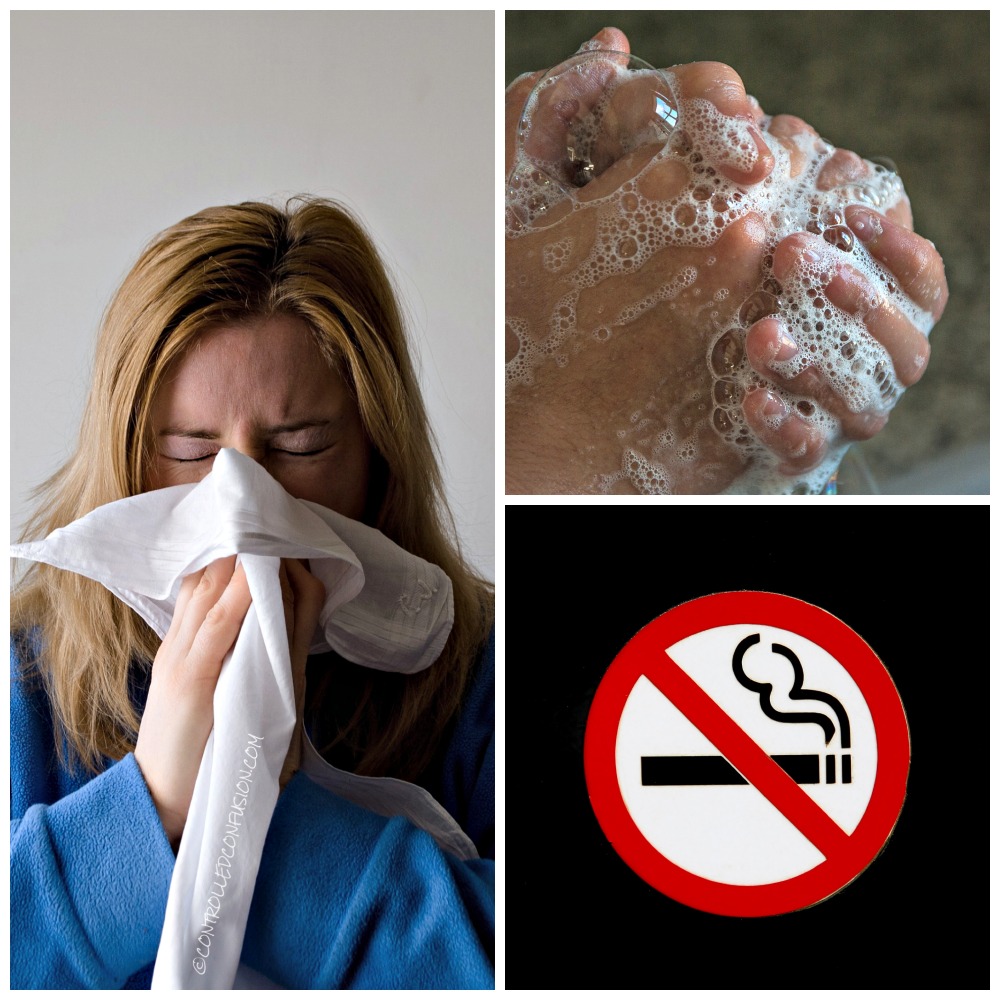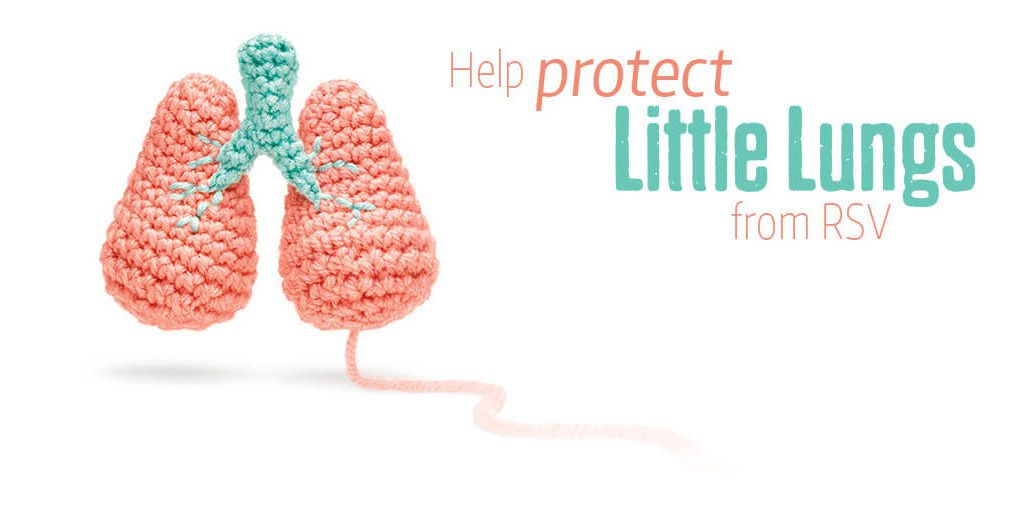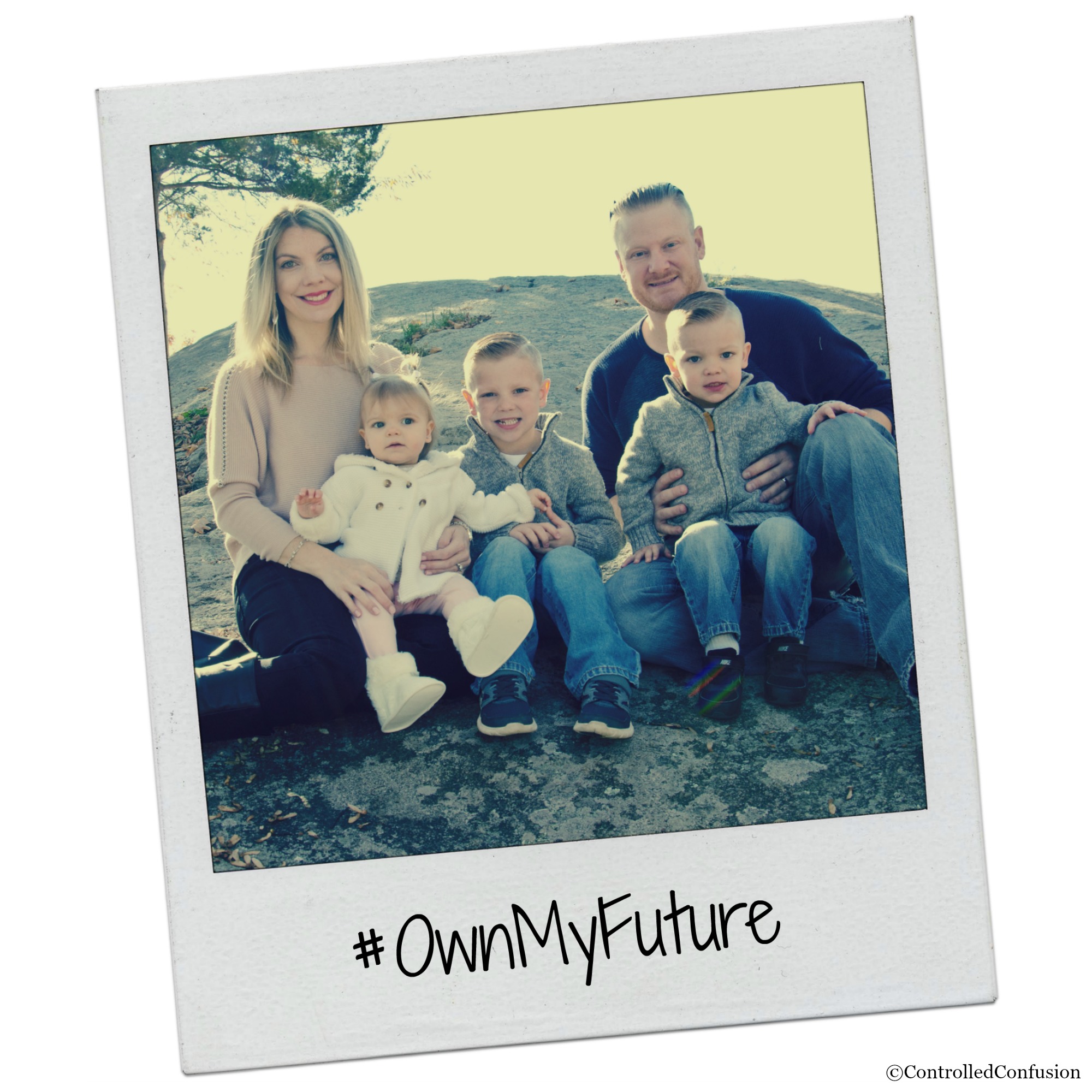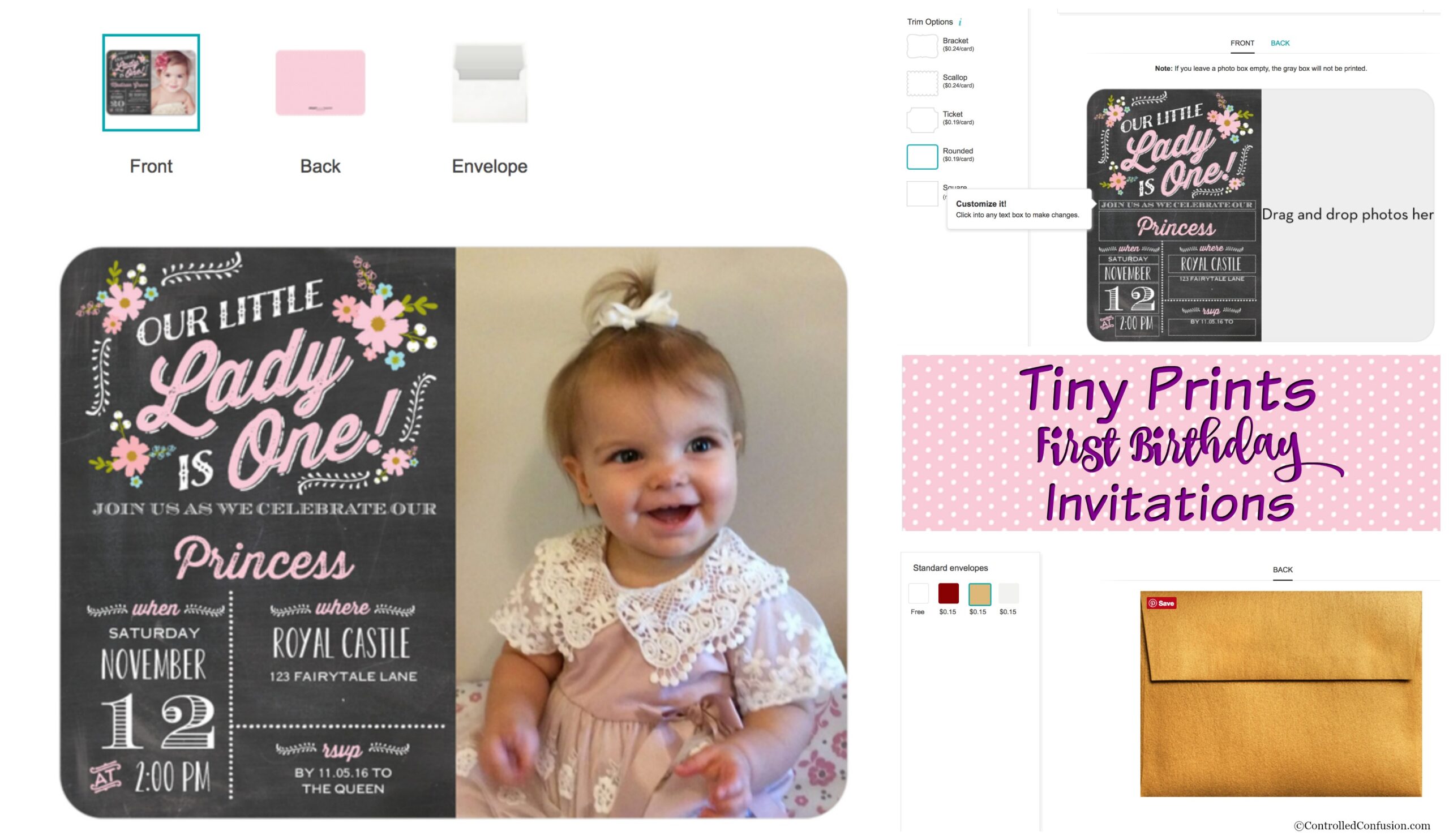Everything You Need to Know About RSV Prevention
This post was sponsored as part of an Influencer Activation for Influence Central and all opinions expressed in my post are my own.
Two of our three babies were born in the winter months, during flu season, which can be extremely scary, especially for a naturally neurotic mom. Respiratory Syncytial Virus, known as RSV, is a virus that is extremely common among infants, in fact nearly 100 percent of infants contract the virus by age two.* In honor of National RSV Awareness Month, we’re sharing risk factors, signs, symptoms, and everything you need to know about RSV prevention!
Our nephew contracted RSV as an infant (coincidentally during the time we were expecting our first child), which opened our eyes to the scary reality of the virus. Fortunately, the virus was not severe and he was able to go home after a brief hospital stay, but the image of him helplessly laying in the hospital bed was forever burned into my brain.
RSV is a common, highly contagious, seasonal virus and the number one reason babies are hospitalized during their first year. We often see epidemics of the virus from November through March. Each time we brought home a new baby (especially our winter babies born during the peak of RSV season in November and January), we were adamant about the steps for prevention. Upon leaving the hospital with our youngest, the doctors and nurses thoroughly reviewed the steps to take should our infant develop a fever (immediately go to the nearest Emergency Room). While it was extremely detailed and unnerving thinking about the procedures that would take place during that ER visit (spinal taps, IVs, etc.) it was a harsh reality of the risk associated with RSV and gave us the motivation and background to be extremely vocal and to our family and friends about visits.
We had certain rules in our house, but it was necessary to keep our newborn safe. While everyone was super excited to meet our new bundle of joy, we asked anyone who was sick or feeling a little under the weather to hold off on visiting. As funny as it sounds, we actually didn’t have any large gathering for family and friends to meet our new addition until we were out of flu season and it was almost Spring! Any smokers were also asked not to come near the infant, that included anyone who wanted to have a “quick smoke” before they came to the house. Anyone who wanted to hold the baby, needed their clothing to be smoke free!
Who is at Risk?
All babies are at risk of catching RSV, however prematurely infants (born earlier than 35 weeks) are at a higher risk. Preterm infants under 6 months old are twice as likely as full-term infants to be admitted to the hospital for RSV-related symptoms as a result of not receiving the full amount of infection-fighting antibodies in utero and potentially having underdeveloped lungs with narrow, fragile airways.***
What are the signs and symptoms?
RSV leads to a mild respiratory infection and presents symptoms similar to the common cold or flu.
Symptoms of severe RSV disease can include:
- coughing or wheezing that does not stop;
- fast or troubled breathing
- gasping for breath
- a bluish color around the mouth or fingernails
- unusual lethargy or tiredness
- a fever (especially if it is greater than 100.4 degrees F [rectal] in infants under 3 months of age)
How can you prevent RSV?
- Ask everyone to wash their hands after entering the house and before interacting with the children
- Wash toys and surfaces frequently to reduce the chance of exposure
- Keep children away from large crowds and especially people who may be sick
- Talk to your child’s pediatrician to learn if your child may be at high risk for severe RSV disease
- Don’t let anyone smoke in your home or near your baby
For more information about RSV Awareness check out Little Lungs!
References
*Glezen WP, Taber LJ, Frank AL, Kasel JA. Risk of Primary Infection and Reinfection with Respiratory Syncytial Virus. Am J Dis Child. 1986;140:543-546.
**Boyce TG, Mellen BG, Mitchel EF Jr, Wright PF, Griffin MR. Rates of hospitalizations for respiratory syncytial virus infection among children in Medicaid. J Pediatr. 2000; 137:865-870.Centers for Disease Control and Prevention. Premature Birth. https://www.cdc.gov/reproductivehealth/maternalinfanthealth/pretermbirth.htm.Accessed July 14, 2017. Yeung CY, Hobbs JR. Serum-gamma-G-globulin levels in normal premature, post-mature and “small-for-dates” newborn babies. Lancet. 1968;7557:1167-1170. Langston C, Kida K, Reed M, Thurlbeck WM. Human lung growth in late gestation and in the neonate. Am Rev Respir Dis. 1984; 129:607-613.










